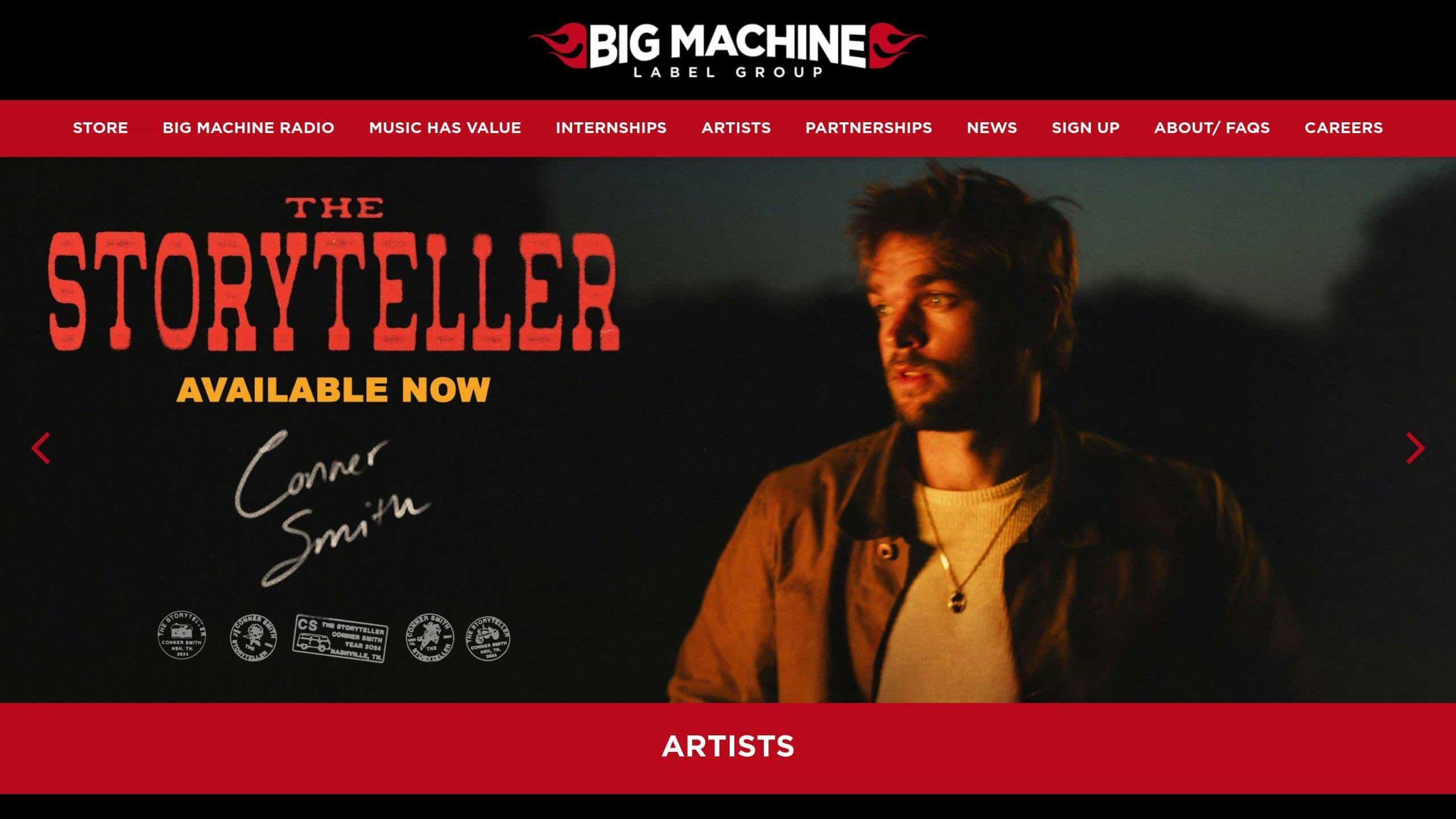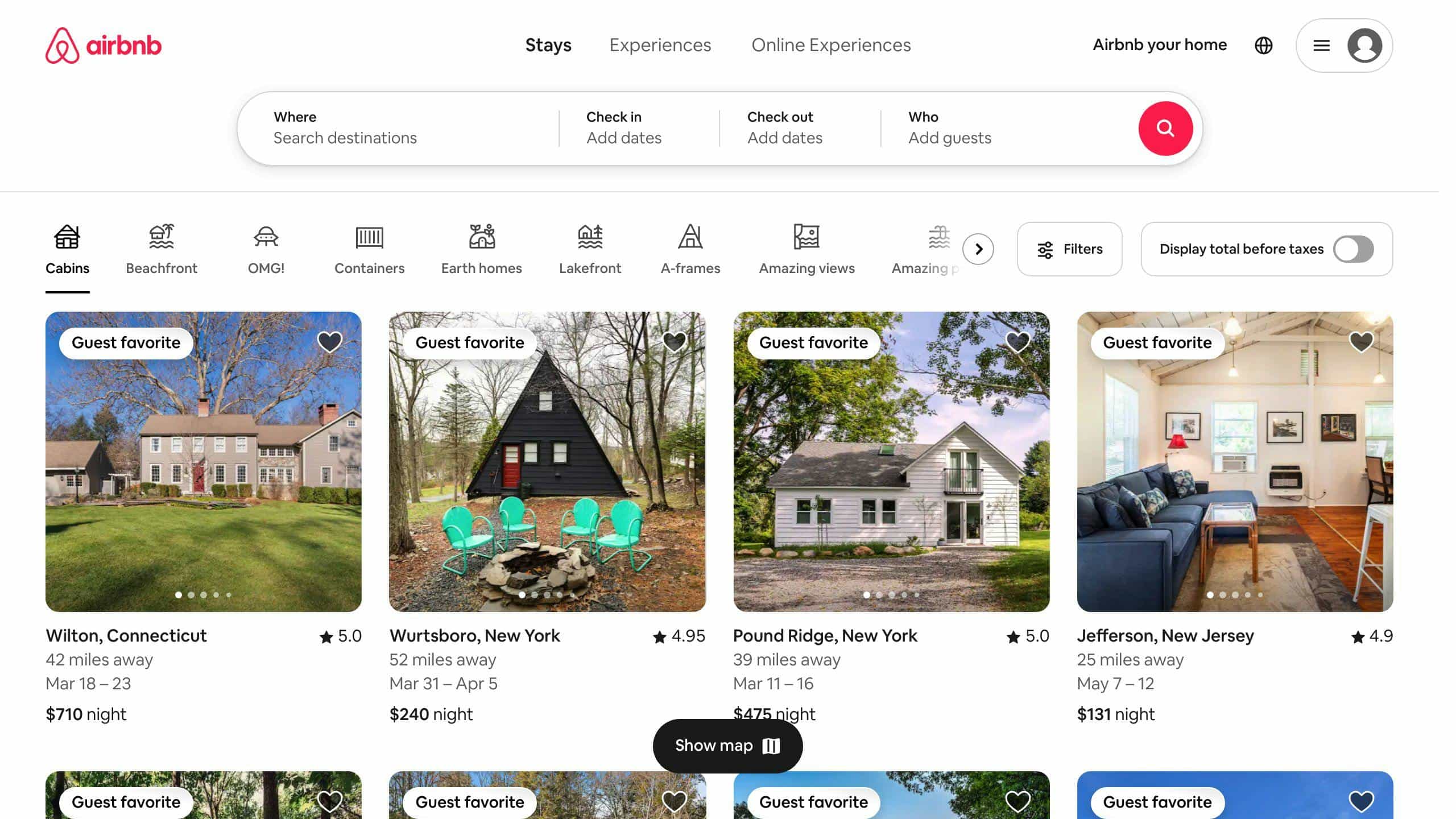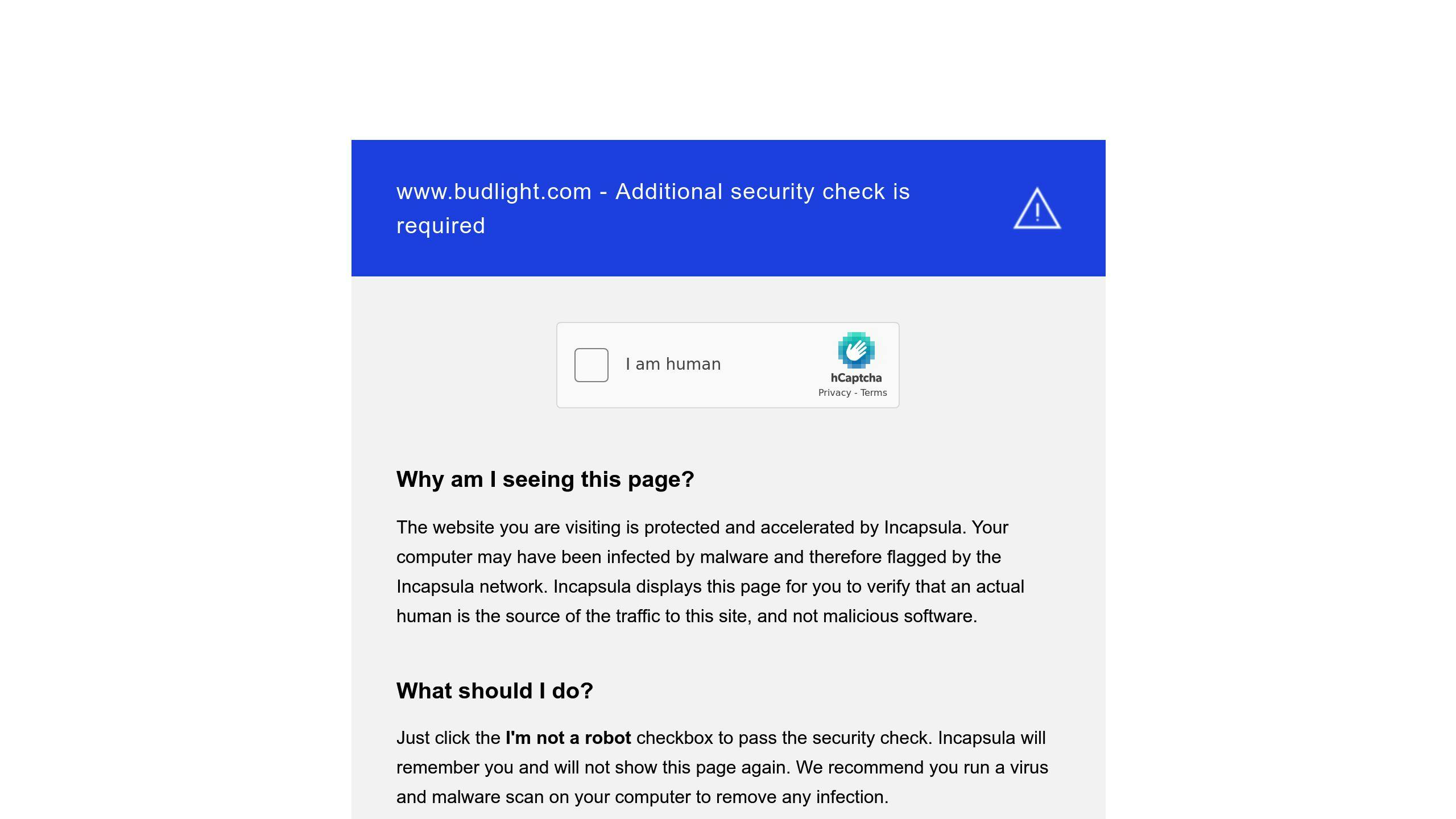Sentiment analysis is your secret weapon for handling social media disasters. Here’s what you need to know:
- It’s like a mood detector for social media, helping you spot and manage brand crises
- Uses AI to classify posts as positive, negative, or neutral
- Lets you catch problems early, measure crisis severity, and gauge response effectiveness
Key benefits:
- Early warning system for brewing issues
- Real-time tracking of public sentiment
- Data-driven crisis response decisions
- Protection for brand reputation
How to use it:
- Set up normal sentiment baselines
- Create alerts for unusual spikes
- Monitor sentiment across platforms
- Use insights to guide crisis communication
| Feature | Benefit |
|---|---|
| Real-time monitoring | Catch issues fast |
| Emotion detection | Understand public feelings |
| Multi-platform tracking | Get a complete picture |
| AI-powered analysis | Handle large data volumes |
Remember: Sentiment analysis is a powerful tool, but it’s not perfect. Use it alongside human judgment for best results.
What Are Social Media Crises?
Social media crises are digital disasters that can wreck your brand’s reputation in hours. They’re not just a few angry tweets – we’re talking full-blown, trending-hashtag drama that can tank your stock price and send customers running.
Common Types of Crises
- PR Nightmares: Remember United Airlines‘ passenger-dragging fiasco?
- Product Fails: When your product breaks or sucks, people get loud.
- Employee Mishaps: One bad tweet from staff can spiral out of control.
- Data Breaches: Leaked customer info? Prepare for outrage.
- Tone-Deaf Marketing: Pepsi‘s Kendall Jenner ad, anyone?
How Crises Affect Brands
The fallout? It’s brutal:
- Reputation goes up in flames
- Stocks plummet (United lost $1.4 billion in market value)
- Customer trust vanishes
- Operations get disrupted (Starbucks closed 8,000 stores for training)
Here’s the scary part: 28% of crises go global within an hour. You can’t waste time forming committees. You need to act FAST.
That’s where sentiment analysis comes in. It’s your crisis radar and temperature gauge. By tracking social media mood, you can:
- Spot trouble before it explodes
- Measure how bad things really are
- See if your damage control is working
Next, we’ll explore how sentiment analysis works and how it can keep your brand out of the fire.
2. Basics of Sentiment Analysis
Sentiment analysis is like a digital mood detector for social media. It helps you figure out if people are loving, hating, or feeling "meh" about your brand during a crisis.
How does it work? Sentiment analysis tools scan text and classify the overall feeling as positive, negative, or neutral. They break down messages and score different parts.
Here’s a real example:
"I tried the new iPhone 14. The camera is amazing, but the battery life sucks. Overall, it’s pretty good for the price."
A sentiment analysis tool might score it like this:
- "camera is amazing" = +5
- "battery life sucks" = -4
- "pretty good for the price" = +3
Total score? +4. This comment would be classified as positive overall.
But it’s not just about math. These tools use natural language processing (NLP) and machine learning to understand context and nuance.
2.1 Main Parts of Sentiment Analysis
Here are the key ingredients:
- Data collection: Grabbing social media posts, comments, and reviews.
- Text preprocessing: Cleaning up the data.
- Feature extraction: Identifying important words and phrases.
- Classification: Using algorithms to determine the sentiment.
- Visualization: Presenting results in a human-friendly way.
Real-world example: During the 2023 Twitter rebranding to "X", sentiment analysis tools tracked public reaction. They found a 70% increase in negative sentiment in the first 24 hours, with words like "confused" and "why" dominating the conversation.
Sentiment analysis isn’t perfect. It can struggle with sarcasm, slang, and context. But for crisis management, it’s a quick way to gauge public opinion.
Next up: How to use sentiment analysis when things go south on social media.
3. Using Sentiment Analysis in Crisis Management
Sentiment analysis is your secret weapon for handling social media crises. Here’s how to use it:
3.1 Preparing for Crises
Spot trouble early:
- Track brand mentions for negative vibes
- Set up alerts for comment spikes
- Lock down social accounts
Pro tip: Tools like Brandwatch or Sprout Social can track sentiment and alert you.
3.2 Tracking Sentiment During Crises
When crisis hits, sentiment analysis becomes your radar:
- Watch public reaction in real-time
- Measure negative feedback volume and speed
- Let sentiment trends guide your response
| Action | Why It Matters |
|---|---|
| Real-time monitoring | Catch issues fast |
| Analyze trends | Gauge crisis severity |
| Track response impact | Tweak strategy on the fly |
3.3 After-Crisis Review
Post-crisis, sentiment analysis helps you:
- Measure brand perception impact
- Track sentiment recovery
- Find ways to improve your crisis response
Case Study: Adidas vs. Kanye West
In 2022, Kanye West’s controversial statements sparked an Adidas crisis. Sentiment analysis showed a surge in negative mentions. Adidas cut ties with West to protect its brand.
Key lessons:
- Act fast
- Monitor ALL platforms
- Be ready to make tough calls
4. Advanced Sentiment Analysis Methods
Let’s dive into two advanced sentiment analysis methods that give you deeper insights during social media crises.
4.1 Analyzing Specific Brand Aspects
Aspect-based sentiment analysis breaks down opinions about different parts of your brand or product. It’s like using a microscope instead of a magnifying glass.
Take the 2023 Bud Light controversy:
| Aspect | Sentiment | Key Findings |
|---|---|---|
| Product Quality | Neutral | Beer quality perceptions barely changed |
| Brand Values | Negative | 47% drop in positive sentiment |
| Marketing Strategy | Very Negative | 78% of mentions slammed the campaign |
This breakdown helped Bud Light focus on fixing brand values and marketing strategy perceptions, not worrying about product quality.
4.2 Detecting Specific Emotions
Emotion detection takes things a step further. It identifies distinct feelings in social media posts, helping you gauge how intense the public reaction is during a crisis.
When Silicon Valley Bank collapsed in March 2023, emotion detection tools showed:
- 62% of posts: Fear about financial stability
- 28% of posts: Anger at bank management
- 10% of posts: Surprise at how fast it all happened
"Emotion detection let us tailor our crisis communication to address the main feelings of fear and anger among our customers", said Greg Becker, former CEO of Silicon Valley Bank.
5. Sentiment Analysis Tools
Sentiment analysis tools are crucial for managing social media crises. These AI-powered solutions help brands track public opinion and act fast when issues pop up.
5.1 AI-Based Social Media Monitoring
Here are some top platforms using AI to keep tabs on social media sentiment:
| Tool | Key Features | Best For |
|---|---|---|
| Sprout Social | Real-time monitoring, emoji analysis | All-in-one social media management |
| Brand24 | Emotion detection, media monitoring | Tracking brand reputation |
| Talkwalker | Image recognition, video analytics | Global brand sentiment analysis |
| Meltwater | Real-time alerts, multi-platform monitoring | Media intelligence and crisis detection |
These tools go beyond simple positive/negative sentiment:
- Sprout Social can figure out complex feelings from emojis and tricky language.
- Brand24 spots specific emotions like joy, anger, and fear in online mentions.
- Talkwalker uses image and video analysis to catch brand mentions you’d miss in text alone.
"Emotion detection helped us tailor our crisis communication to address the main feelings of fear and anger among our customers", said Greg Becker, former CEO of Silicon Valley Bank.
When picking a tool, look for:
- Real-time alerts for quick action
- Multi-language support if you’re global
- Easy integration with your current setup
- Ability to handle tons of data
sbb-itb-43d9647
6. Challenges in Crisis Sentiment Analysis
Sentiment analysis during social media crises isn’t a walk in the park. Here are the main hurdles:
Sarcasm and Irony
Sarcasm and irony can trip up sentiment analysis. Take that Amazon review of a "women’s" Bic pen. It might seem positive, but it’s actually dripping with sarcasm. AI tools often miss this nuance.
Multilingual Complexities
Only 13% of the world speaks English. That means multilingual sentiment analysis is a must. But each language has its quirks:
- Thai? No full stops.
- Arabic? Right to left.
- German? Gender-neutral pronouns.
Using an English-based model for multilingual data? You’re asking for trouble.
Cultural Nuances
Culture can throw a wrench in sentiment analysis. A thumbs-up emoji might be great in the US, but offensive in some Middle Eastern countries. And don’t get me started on idioms and expressions.
6.1 Handling Large Data Volumes
When crisis hits, social media explodes. This data tsunami can overwhelm sentiment analysis tools.
| Challenge | Impact |
|---|---|
| Processing Speed | Slower real-time insights |
| Storage Capacity | Higher data storage costs |
| Analysis Accuracy | Risk of missing critical mentions |
Companies need tools that can scale FAST. During the 2023 Silicon Valley Bank collapse, social media mentions shot up 500% in 24 hours. Many tools couldn’t keep up, missing early warning signs.
"The scalability of sentiment analysis tools is crucial as the volume of social media data increases, and many tools struggle to keep up with the constant influx of new information", says Faxi Yuan, a big name in the field.
7. Best Practices for Crisis Sentiment Analysis
To use sentiment analysis during social media crises:
7.1 Setting Normal Sentiment Levels
Know your brand’s typical sentiment patterns:
1. Monitor sentiment daily for 3+ months
2. Track sentiment across platforms
3. Note seasonal trends
| Metric | Normal Range | Crisis Threshold |
|---|---|---|
| Negative mentions | 5-10% of total | >25% of total |
| Sentiment score | -0.1 to +0.3 | < -0.5 |
| Mention volume | 100-500 per day | >2000 per day |
In 2023, Bud Light’s negative sentiment jumped from 10% to 80% in 48 hours. Clear baselines would’ve flagged this ASAP.
7.2 Setting Up Alerts
Catch sentiment shifts fast. Set alerts for:
- Negative sentiment > 25% of total mentions
- Overall sentiment score < -0.5
- Mention volume up 200%+ in 24 hours
Airbnb uses Brand24 for custom alerts. CEO Brian Chesky says:
"We set up alerts to catch any unusual spikes in negative sentiment around keywords like ‘scam’ or ‘unsafe’. This helps us address potential issues before they blow up."
Don’t forget:
- Test alerts regularly
- Adjust thresholds based on past crises
- Have a clear response plan
8. Real Examples of Sentiment Analysis Use
Sentiment analysis isn’t just theory – companies use it daily. Here’s how:
Big Machine Label Group: Artist Pulse

Big Machine Label Group tracks online chatter about their artists. Matt Brum, their Digital Strategy Director, says:
"It helps us understand reactions to our artists and flag sensitive conversations internally."
They even analyze sentiment before big launches to spot potential hiccups.
Snack Bar Flavor Development
A food company used sentiment data to guide new flavors. They found chocolate bars had more positive vibes due to consistency. This shaped their future releases.
Car Brand: Customer Experience Deep Dive
An auto brand uses Sprout’s tools to analyze customer experience. They tag dealership feedback and filter by sentiment for deeper insights.
Airbnb: Catching Problems Early

Airbnb uses Brand24 for custom alerts. CEO Brian Chesky explains:
"We set alerts for spikes in negative words like ‘scam’ or ‘unsafe’. It helps us tackle issues before they explode."
Bud Light: The Importance of Baselines

In 2023, Bud Light’s negative sentiment jumped from 10% to 80% in 48 hours. This shows why baseline monitoring matters:
| Brand | Normal Negative | Crisis Negative | Timeframe |
|---|---|---|---|
| Bud Light | 10% | 80% | 48 hours |
These examples show how sentiment analysis helps brands catch and fix issues fast, protecting their reputation.
9. What’s Next for Crisis Sentiment Analysis
Crisis sentiment analysis is evolving. Here’s what’s coming:
AI-Powered Predictive Analysis
AI will spot potential crises before they blow up. It’ll analyze data patterns to flag early warning signs.
Real-Time Multilingual Analysis
Future tools will tackle posts in multiple languages. This helps brands respond fast to global issues.
Emotion Detection Beyond Positive/Negative
We’re moving past simple positive/negative labels. New systems will pick up on specific emotions like anger or excitement. This helps brands fine-tune their crisis responses.
Multimodal Sentiment Analysis
Text-only? That’s old news. New tools will combine text, image, and video analysis for a fuller picture.
Integration with Business Data
Sentiment analysis won’t be a lone wolf. It’ll team up with other data sources:
| Data Source | Insight |
|---|---|
| Sales Data | Revenue impact |
| Customer Service | Complaint spikes |
| Website Analytics | Traffic changes |
Ethical Considerations
With great power comes great responsibility. Brands will need to balance deep analysis with privacy concerns and AI biases.
Brian Chesky, Airbnb’s CEO, puts it well:
"As we use more advanced tools to understand our customers, we must also be vigilant about protecting their privacy and ensuring our systems are fair and unbiased."
The future? It’s about speed, depth, and integration. Brands that keep up will handle social media crises like pros.
10. Ethics and Privacy in Sentiment Analysis
Sentiment analysis for crisis management isn’t just about tech. It’s about people. And that means dealing with ethics and privacy head-on.
Data Collection and Consent
You can’t just grab data and run. The GDPR says so. Break the rules? You’re looking at fines up to €20 million or 4% of yearly revenue. Ouch.
So what do you do?
- Get clear consent
- Explain how you’ll use the data
- Make it easy to opt out
Protecting User Privacy
Got consent? Great. Now protect that data like it’s gold:
- Strip out personal details
- Encrypt everything
- Limit access
- Train your team
Avoiding Bias
AI can be biased. And that’s a problem. To fix it:
- Use diverse training data
- Check results for bias
- Have humans double-check
Real-World Consequences
Remember Facebook’s 2014 mood experiment? They tweaked news feeds without telling users. People weren’t happy. It showed how sentiment analysis can cross ethical lines.
Balancing Act
Companies need to weigh pros and cons:
| Good | Bad |
|---|---|
| Better crisis response | Privacy risks |
| Improved customer service | Data breaches |
| Targeted marketing | Lost trust |
The Road Ahead
As these tools get smarter, the ethical questions get tougher. Companies need to stay sharp.
"As we use more advanced tools to understand our customers, we must also be vigilant about protecting their privacy and ensuring our systems are fair and unbiased." – Brian Chesky, Airbnb CEO
The bottom line? Use sentiment analysis. But use it responsibly.
Conclusion
Sentiment analysis is a game-changer for social media crisis management. It’s not just a tool—it’s a lifeline for brands in the stormy sea of public opinion.
Why it matters:
1. Early Warning System
It’s like a radar for public mood shifts. Catching problems early can stop a small issue from becoming a PR nightmare.
2. Real-Time Response
In a crisis, time is everything. Sentiment analysis lets brands:
- Track sentiment changes instantly
- Tweak messages on the spot
- Tackle issues before they blow up
3. Data-Driven Decisions
No more guessing. Sentiment analysis gives hard data to back your moves.
| Old Way | With Sentiment Analysis |
|---|---|
| Guesswork | Clear insights |
| Slow responses | Quick action |
| Generic approach | Custom communication |
4. Reputation Shield
Brand image is fragile. Sentiment analysis helps protect it by:
- Spotting potential threats
- Measuring response impact
- Guiding long-term image repair
5. Continuous Learning
Every crisis teaches. Sentiment analysis turns these lessons into future crisis plans.
Real Impact
In 2018, a big coffee chain faced a PR disaster when two black men were wrongly arrested at their store. Their response, powered by sentiment analysis:
- Quick social media apology
- Closed 8,000 stores for bias training
- Kept watching public sentiment to guide next steps
Result? They showed how to handle a crisis well, limiting long-term brand damage.
What’s Next?
As AI gets smarter, so will sentiment analysis. But remember, it’s a tool, not magic. The human touch in crisis management is still key.
Brands that blend sentiment analysis with real empathy won’t just survive crises—they’ll come out stronger.
FAQs
How to do sentiment analysis on social media?
Want to know what people think about your brand on social media? Here’s how:
1. Track mentions
Keep an eye on posts that talk about your brand, products, or key topics.
2. Pick your focus
Choose specific words or phrases to analyze.
3. Use a tool
Software like Keyhole can automatically sort posts into positive, neutral, or negative categories.
4. Act on the data
Use what you learn to improve your social media game and prepare for potential issues.
How to effectively handle crisis management through social media?
When things go south on social media, here’s your game plan:
1. Lock it down
Use strong passwords and two-factor authentication on all accounts.
2. Stay alert
Use tools to spot potential problems early.
3. Know what you’re dealing with
Figure out what’s going on and how big the issue is.
4. Watch your rep
Keep tabs on your overall Reputation Score during the crisis.
5. Build your team
Get a group together to handle the situation.
6. Keep everyone in the loop
Make sure your staff knows what’s happening and what to do.
7. Hit pause
Stop any scheduled posts that might look bad during the crisis.
8. Set the rules
Create clear guidelines for how to communicate during the crisis.
| Crisis Step | Why It Matters |
|---|---|
| Lock it down | Keeps the bad guys out |
| Stay alert | Catches problems early |
| Know the issue | Helps you respond right |
| Watch your rep | Shows how the crisis affects you |
| Build your team | Gets everyone working together |
| Keep staff informed | Keeps your message consistent |
| Hit pause | Avoids foot-in-mouth moments |
| Set the rules | Keeps everyone on the same page |






